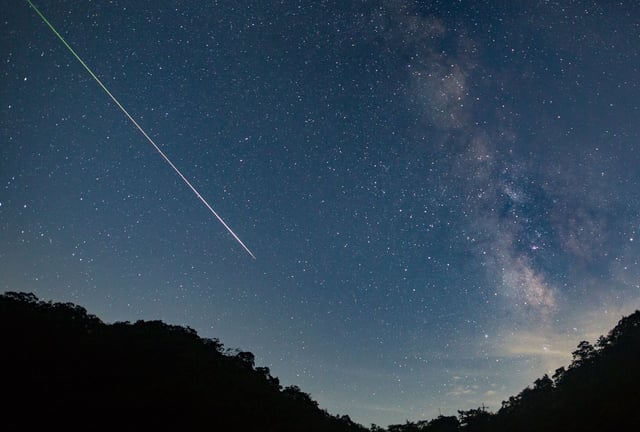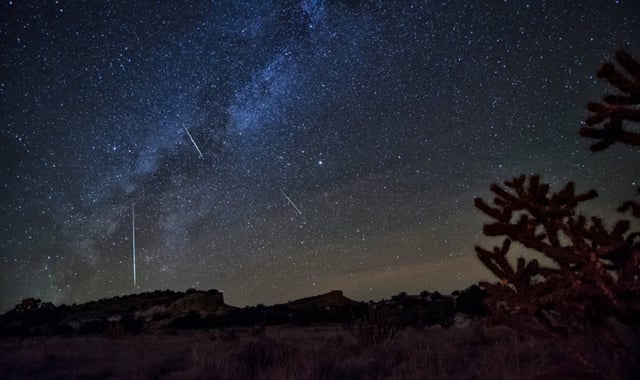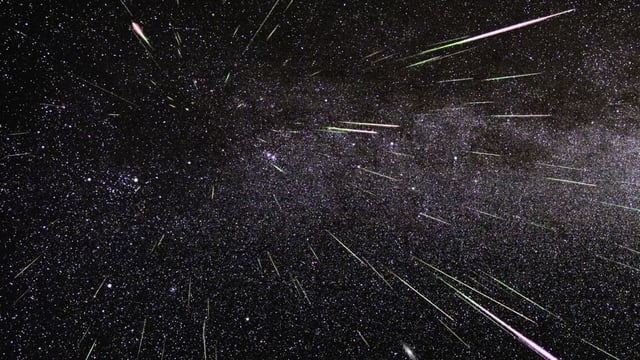Overview
- The shower runs October 6–10 with the highest activity on October 8, and a NASA Meteoroid Environment Office analysis projects a short-lived spike near 15:46 UTC.
- Other forecasts are lower, with popular guides suggesting rates from the tens up to roughly 150–400 per hour, meaning actual visible counts will vary widely.
- The meteors are debris from comet 21P/Giacobini‑Zinner, with the radiant in the constellation Draco.
- Viewing favors the Northern Hemisphere, with reduced intensity at lower latitudes such as much of Mexico and limited visibility farther south like Argentina.
- Observers are advised to use dark sites, shield their view from the Moon, rely on naked-eye viewing, and allow time for dark adaptation, while Google marked the event with a meteor animation in search.



